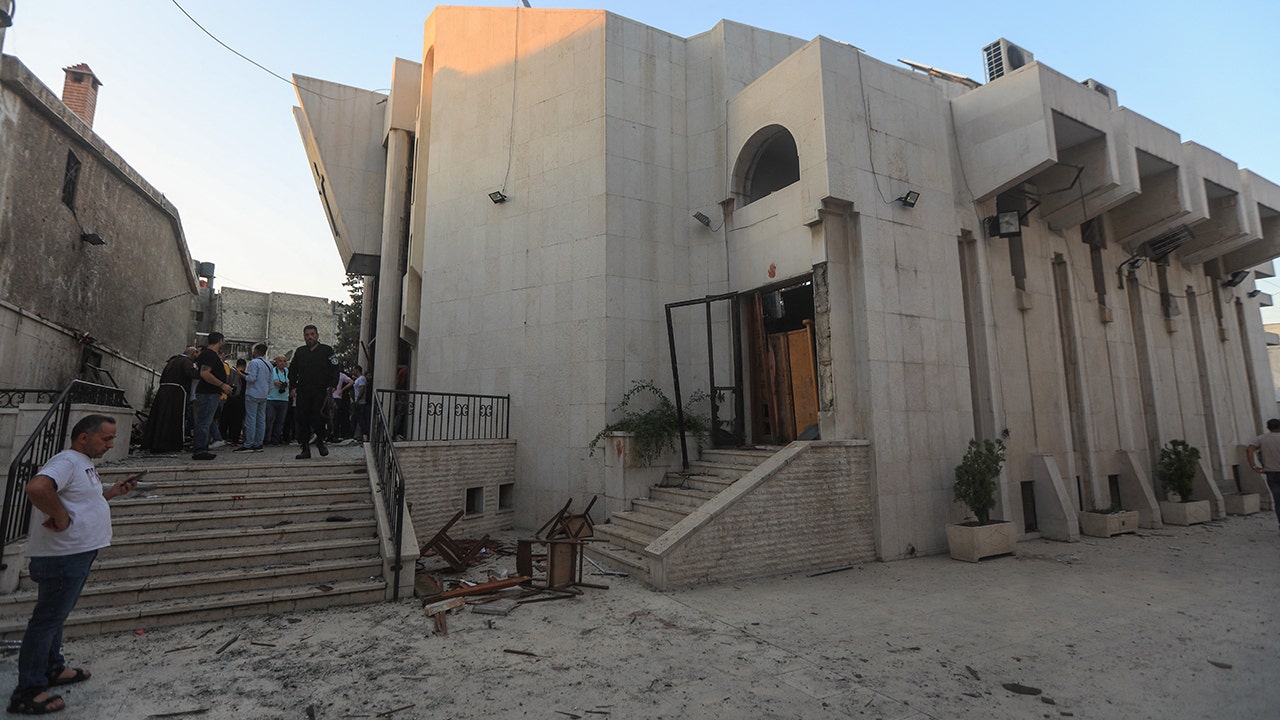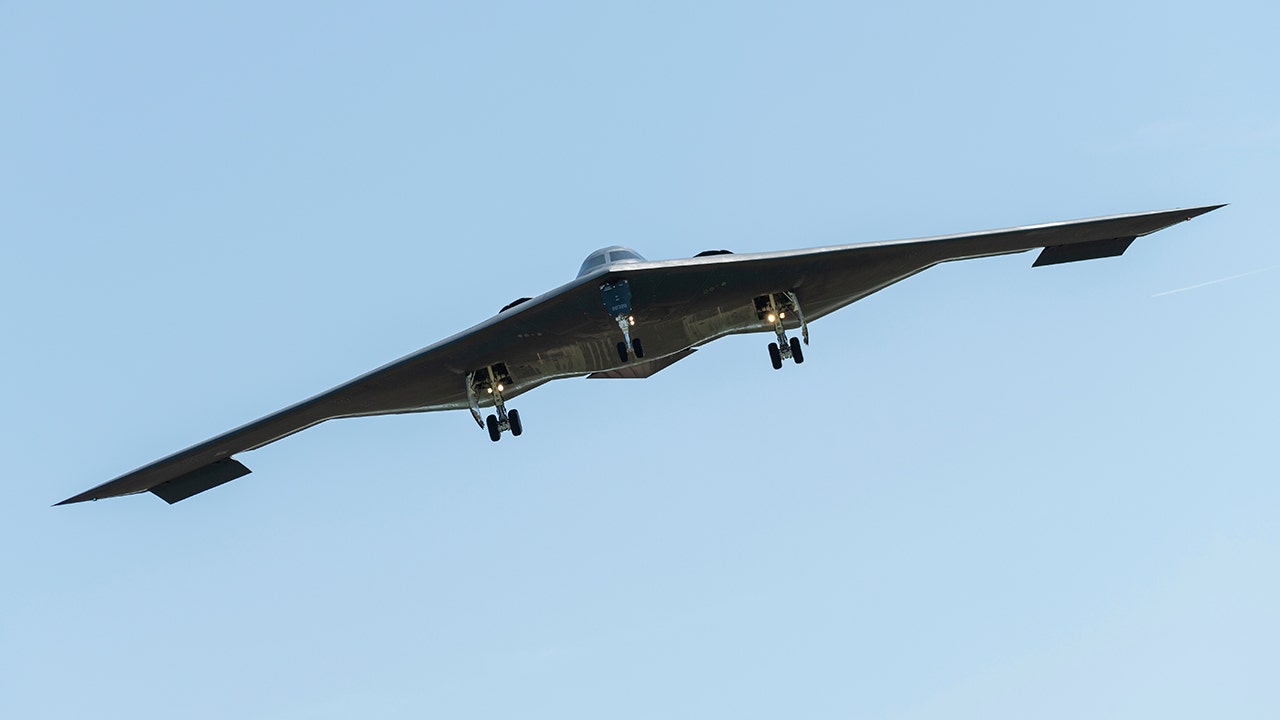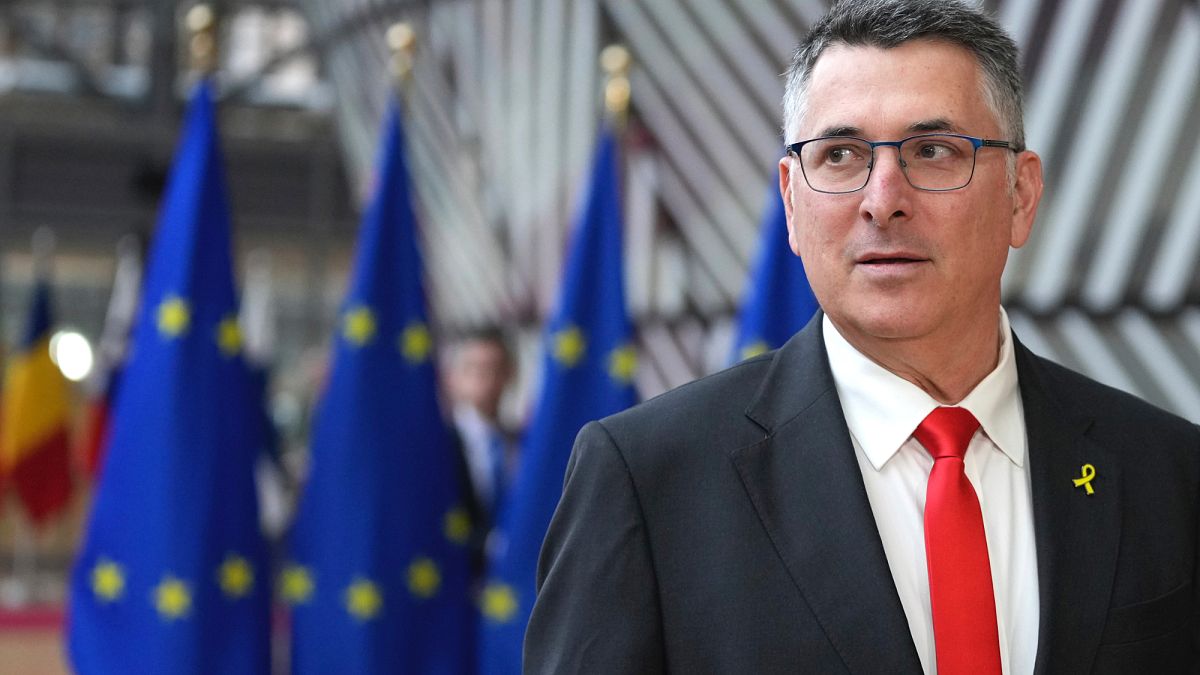CNN
—
A bus driver and passenger opened fire on each other on a moving Charlotte transit bus earlier this month, leaving both injured, transit authorities said.
The incident started when a bus passenger, who authorities identified as Omarri Shariff Tobias, got up while the bus was in motion and asked the driver to let him off between designated bus stops, according to a news release from Charlotte Area Transit System.
The driver, David Fullard, told Tobias he would have to wait until the next approved stop. After about a two-minute exchange, Tobias pulled out a gun and pointed it at Fullard, the transit system said.
At this time, Fullard also pulled out a firearm, the transit system said. Both men fired their guns “in rapid succession,” although it is unclear who shot first, company spokesperson Brandon Hunter told CNN by phone Saturday.
Fullard was struck in the arm and Tobias was struck in the abdomen, according to the transit system.
Dramatic video of the encounter shows Fullard stopping the bus and pushing open the shattered driver barrier, as he stands up with his gun still drawn. As Tobias crawled toward the back of the bus, where the two other passengers on board had moved, Fullard fired his gun again from the aisle of the bus.
Tobias and another passenger exited the bus through the side door and Fullard exited through the front door, firing his gun again, the transit system said.
Both Fullard and Tobias are in stable condition and expected to recover, and the other two passengers were unharmed, the transit system said in a statement released Wednesday.
Tobias was charged with assault with a deadly weapon inflicting serious injuries, communicating threats, and carrying a concealed firearm, the Charlotte-Mecklenburg Police Department said in a news release. It’s unclear whether charges will be brought against Fullard.
Fullard was fired by his employer, RATP Dev, which employs the transit system’s bus operators, Hunter told CNN Saturday. CNN has reached out to RATP Dev for comment.
Possession of a firearm or other weapons while on duty or on company property is prohibited by the company’s workplace policy and employees can be discharged after the first violation, according to the transit system.
The Charlotte Area Transit System said Fullard did not follow proper protocol.
“It would have been reasonable for the operator to attempt to de-escalate the situation by allowing the suspect/passenger to exit the bus before arriving at the next bus stop,” the transit system said.
Fullard is still recovering from his injuries, his attorney told CNN Saturday, noting Fullard was “a dedicated employee and treasured his employment,” who worked as a driver for more than 19 years.
“I have represented a substantial number of CATS drivers over the years. Some of whom who have been assaulted, shot at or shot during their work activity,” attorney Ken Harris told CNN in an email.
“They consider themselves public servants. In light of their commitment, dedication and the workplace dangers that they encounter, we have continuously encouraged the CATS system to enhance security measures for drivers,” Harris said.
Tobias is currently being held in lieu of $250,000 bond and is next due in court June 6. CNN has not been able to locate an attorney for him.
Police say they are continuing to investigate the case.





























